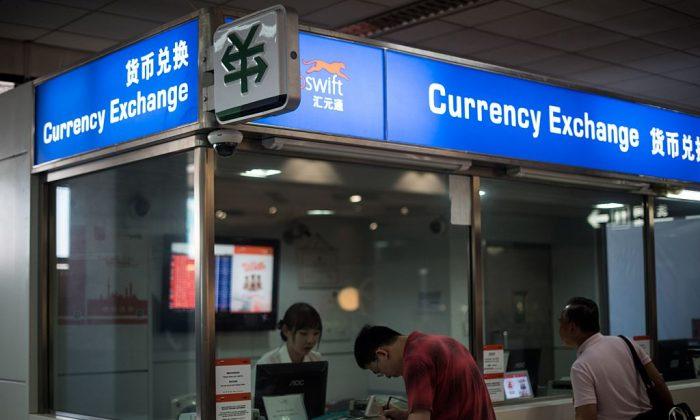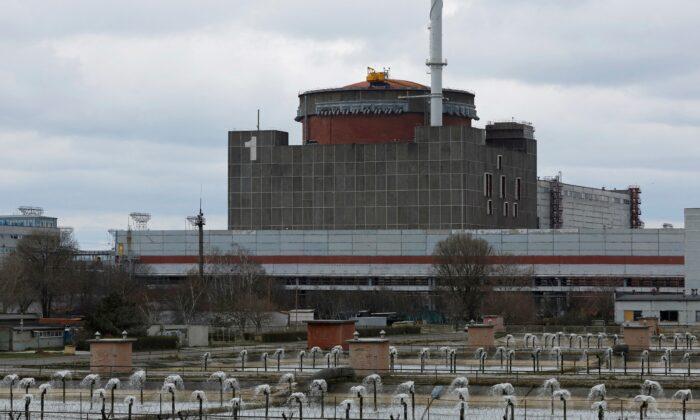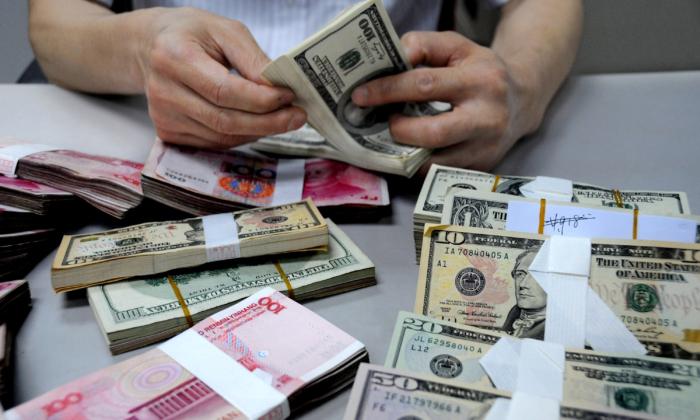As it lifted zero-COVID restrictions in early December, the Chinese regime emphasized the mild nature of symptoms in most patients, stating that the vast majority of patients were asymptomatic. Some Chinese netizens are now crying foul as doctors report myocarditis cases, particularly among young and middle-aged patients. Moreover, despite official reassurances that acute symptoms are rare, social media reports document a variety of complaints that are making it difficult for patients to go back to work.
Following widespread demonstrations in late November, China reversed its zero-COVID policies, removing the testing requirements and extreme lockdowns of the past three years. The result was a dramatic spike in COVID-19 cases, overwhelming China’s health system and leading to medicine shortages and crematoriums operating around the clock.
As the outbreak continues, a variety of symptoms have emerged among those infected. Social media is
filled with discussions of common symptoms of COVID-19 including extreme fatigue, sweating, eye pain, temporary loss of vision, and gastrointestinal symptoms. “Brain fog” was also among the top internet searches.
Netizens indicate that many of the symptoms occur over a week after infection with COVID-19, making it difficult to go back to work, despite the CCP’s guidance that people should
keep working after infection.
In addition, doctors are warning that some of those infected with COVID-19 may develop myocarditis. On Dec. 27, Zhou Yujie, vice director of Beijing Anzhen Hospital, told
state-run news agency Xinhua that some patients—generally young or middle-aged—will develop myocarditis. The heart inflammation usually occurs two weeks after infection, Zhou said.
These reports contradict official statements in early December expressing confidence that the overwhelming majority of people infected by the virus would be asymptomatic. According to Li Lanjuan, director of the National Laboratory for Infectious Disease Control, on Dec. 12: “The Omicron strain is predominantly asymptomatic or with very mild symptoms,” according to Chinese state media
Zhejiang Daily. “There is no need to panic at all.”
Netizens have begun to question the honesty of the CCP’s statements prior to the reversal of pandemic control policies. A Dec. 29
article on Chinese news site NetEase said “experts finally admit” the severity of virus symptoms.
Highlighting the disconnect between the reality of the situation and government statements, the article cited a
press conference on Dec. 2 by city officials in Guangzhou, the capital of southern China’s Guangdong province. The officials stated that about 90 percent of the city’s 162,700 COVID-19 cases seen in this round of the pandemic were asymptomatic, with only four cases of serious illness, and no deaths. Guangzhou health officials
compared symptoms to those of seasonal colds.
In an acknowledgment that China underestimated the effects of the virus, the Beijing Municipal Health and Wellness Commission released its
Expert Guidelines on Health Management of Infected Patients in the Recovery Period on Dec. 29. The guidelines listed nine major health problems in the recovery period of COVID-19 patients, namely shortness of breath, cough, fatigue, insomnia, pain, heart palpitations, loss of voice, difficulty swallowing, and impaired sense of smell and taste.





